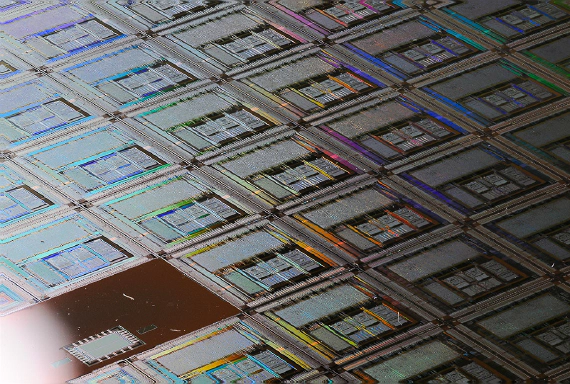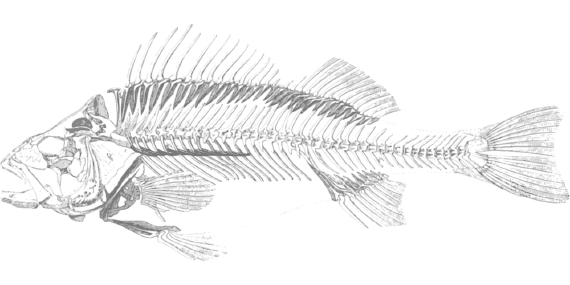
Is your software choice responsible for your high cloud costs?
Here at Outer Loop, we are often working on developing new models to answer specific transport-related questions, and we …

Photo by Will Clayton
Today, December 16th 2023, we celebrate the 9th anniversary of AequilibraE’s first release as a QGIS plugin with the landmark release of version 1.0. It was an year of substantial advances in the package, both in performance and new features, but also the incorporation of a public-transport assignment and other support tools such as a sophisticated GTFS importer and map-matcher that have bridged the most substantial gap still outstanding in AequilibraE’s capabilities.
AequilibraE’s first transit assignment is a lightning fast and multi-threaded implementation of the classic Optimal strategies by Heinz Spiess & Michael Florian by the brilliant François Pacull and our own (and also brilliant) Jake Moss.
Choosing this rather simple algorithm to be AequilibraE’s first endeavor into transit assignment was done deliberately for a number of reasons. The first two objectives were the minimization of the technical risk involved in delivering the software and the fact that this is a well known and understood algorithm by modelers around the world. The third reason was more forward looking, and resulted in our decision to spend substantial effort in the design of AequilibraE’s data model, GTFS importer and map-matcher, which share substantial DNA with Polaris.
Having a solid data model and and auxiliary transit tools in AequilibraE places us in a comfortable position for future upgrades to transit assignment, as the ground-work for more advanced schedule-based transit assignment algorithms, as well as multi-modal and hybrid assignments, has been laid out.
AequilibraE has been in production for many years now, with universities, research facilities, consulting companies and mobility start-ups relying on it both for research and commercial applications. Despite having proven itself in practice, we have long believed that a 1.0 version would have to be more than a just another version, but rather would have to come when AequilibraE could be considered feature-complete, which is now the case.
This does not mean that AequilibraE is “finished” (how boring would that be!?!), but rather that version 1.0, codename Rio de Janeiro, turns AequilibraE into a serious alternative for the vast majority of modeling applications developed every day around the world.
As we see increased use of AequilibraE around the world, the need for professional support with robust Service Level Agreements is also becoming important, so we have also decided that it is time to start offering paid support for AequilibraE, which is coming in the form of support packages of 10h or more at about 1/2 the price of similar offerings from commercial software providers.
This new feature has been almost primarily funded by EGIS France, to which we added the necessary additional support to get it over the line. This effort consolidated our collaboration with EGIS on the development of AequilibraE, which will continue in 2024 with funding awarded by ADEME to EGIS for the development of AequilibraE, which is going to be largely dedicated to making AequilibraE even easier to use through its QGIS plugin and more comprehensive documentation in multiple languages.
Want to take a good luck at it? The documentation that François and Jake have written describing the AequilibraE transit assignment is seriously impressive, and well worth a read. Alternately, if you want to just get stuck into actually using the new features - there is a full example run through notebook available here

Here at Outer Loop, we are often working on developing new models to answer specific transport-related questions, and we …

The new AequilibraE 1.0.1 release brings some major improvements to the graph compression which provide large runtime …